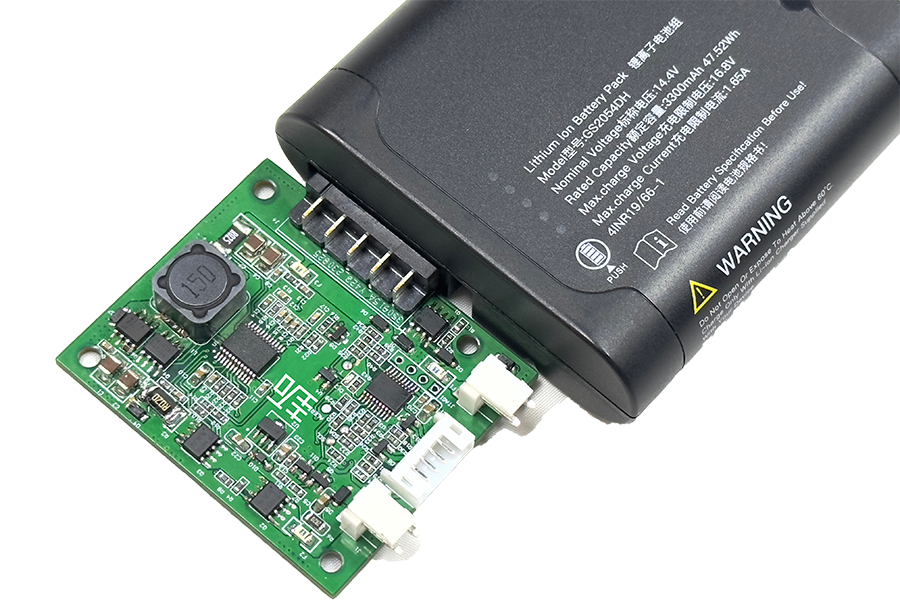
Introduction
Understanding the factors affecting battery internal resistance is crucial for improving battery performance, extending lifespan, and ensuring safety. Internal resistance influences voltage stability, discharge rate, and overall efficiency.
1. Electrolyte Injection Methods
The method of electrolyte injection directly affects internal resistance. Batteries can be filled using manual or automatic injection machines. Proper filling ensures uniform electrolyte distribution and prevents localized high-resistance spots.
2. Electrolyte Fullness and Composition
Checking electrolyte fullness with vacuum suction tests ensures optimal ion conductivity. Electrolytes usually contain LiOF6 for conductivity and LiPF6 at 1 mol/L. Proper electrolyte composition and concentration are essential for minimizing internal resistance.
3. Electrode and Case Materials
The choice of materials for electrodes, current collectors, and battery casing significantly impacts internal resistance. High-conductivity electrodes, quality welding, and durable casing materials reduce energy loss and heat generation.
4. Electrolyte Conductivity
Electrolyte conductivity (typically ~8×10^-3 Ω^-1) determines the battery’s ability to handle discharge currents. Poor conductivity increases internal resistance, limiting the battery’s performance and shortening cycle life.
5. Battery Capacity and Material Ratios
Internal resistance is influenced by the type and proportion of active materials in the electrodes. Correct ratios and high-quality materials optimize ion transport and energy storage efficiency.
6. Moisture Control During Production
Controlling moisture in the production process is vital. Excess water in the cell can increase resistance, reduce battery performance, and cause degradation. Dry environments and proper baking procedures help maintain low internal resistance.
7. Formation and Testing
Internal resistance should be measured during formation and charging. Formation machines must match the total battery power, especially for high-capacity cells, to prevent damage and ensure uniform resistance.
Conclusion
By carefully managing these factors affecting battery internal resistance, manufacturers can produce batteries with lower resistance, higher efficiency, and longer lifespan. Optimizing these factors is key for advanced applications like electric vehicles, medical devices, and energy storage systems.
Learn More & Contact Us:
